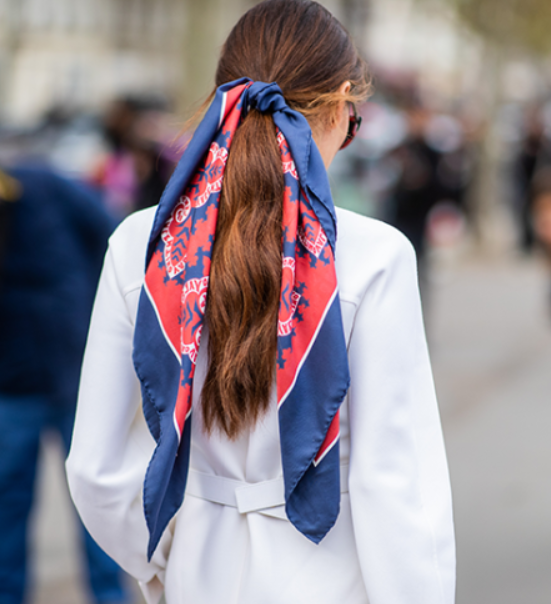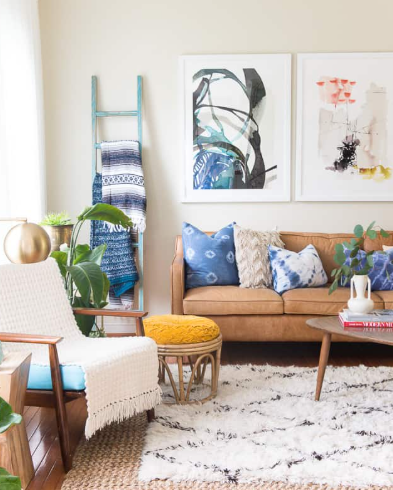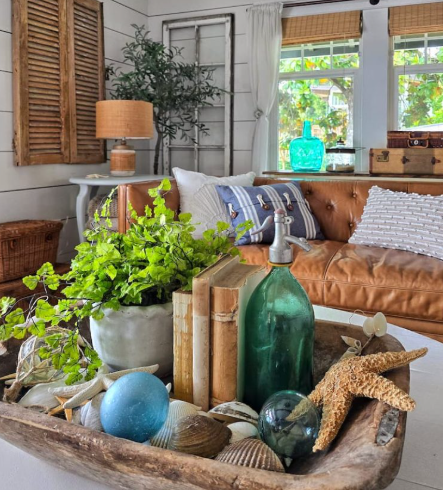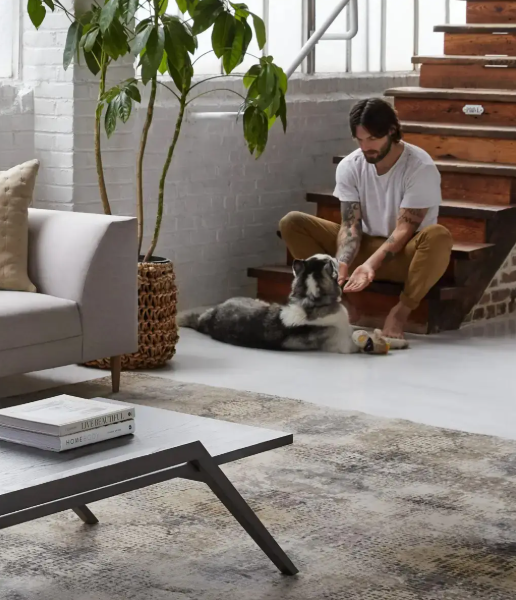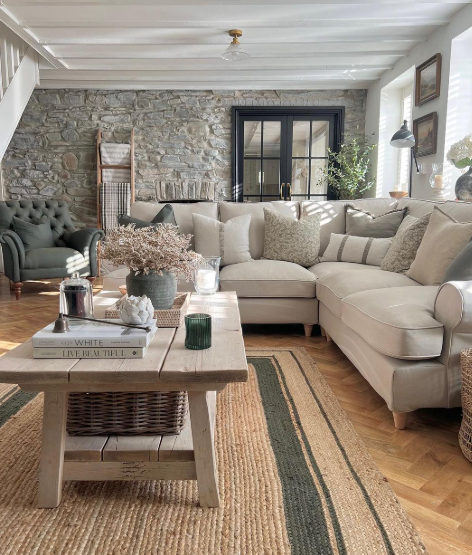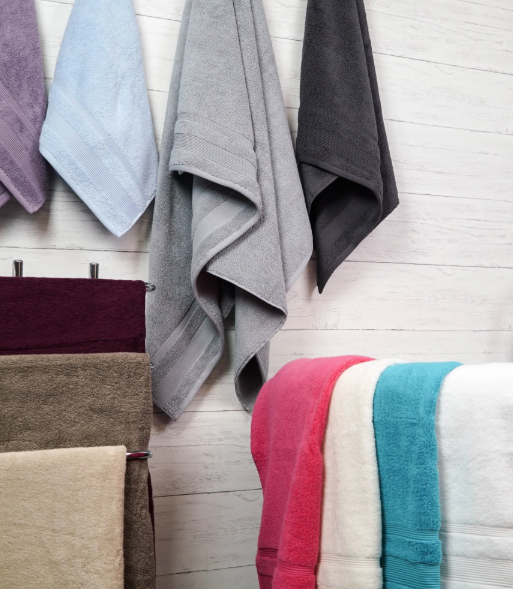Revamping your home doesn’t always require a complete overhaul. Sometimes, all it takes is layering a stylish area rug over your existing carpet to add personality, texture, and a fresh vibe to your space. If you’ve been considering incorporating colorful or patterned rugs but weren’t sure how to make them work on top of your carpet, you’re in the right place. Let’s break down the key tips for layering rugs over carpets without creating a cluttered look.
Is It Okay to Put a Rug on Carpet?
Absolutely! Layering an area rug over carpet is a fantastic way to change up your space without committing to a full redesign. It’s an affordable and flexible way to update your room while experimenting with textures and colors. Whether you want to add flair to your living room or make your home office cozier, putting a rug over carpet can give your room an immediate boost. However, without the right approach, you may end up with a mismatched look. Let’s explore the best practices for making this technique work seamlessly.
The Dos and Don’ts of Layering Rugs Over Carpet
Layering rugs over carpet isn’t just about throwing down a rug wherever there’s space. There are a few key rules that will help you achieve a cohesive and stylish outcome.
Do:
- Choose the Right Size
The size of your rug plays a big role in achieving balance in your room. A rug that’s too large can overwhelm the space, while one that’s too small may look out of place. Make sure the rug complements the room’s dimensions and the furniture layout, especially heavy pieces like couches or coffee tables. A well-sized rug will help define the area and add visual interest without overpowering the existing carpet.
- Consider Pile Compatibility
The texture of your area rug and the carpet underneath can greatly affect the look and feel of your space. Pairing a flat-weave rug with a plush carpet can create a dynamic contrast in textures, adding depth and interest. Ensure your rug sits flat over the carpet, avoiding any bulging or uneven surfaces that could disrupt the flow of the room.
- Use Non-Slip Pads
To keep your rug from sliding around, use a high-quality rug pad or tape. This not only adds stability but also protects both the rug and the carpet from damage. A non-slip pad ensures safety, especially in high-traffic areas, and helps maintain a clean, polished look.
- Match Colors and Patterns Thoughtfully
When selecting a rug, pay attention to how its color and pattern complement the carpet. For a harmonious look, choose a rug that enhances the existing tones of your carpet without clashing. Whether you go for a bold pattern or a simple, neutral rug, the key is balance. Consider how the rug fits with your overall decor, and coordinate it with other elements in the room, such as throw pillows or curtains.
Don’t:
- Overlayer Rugs
While layering rugs can add texture and depth to your space, don’t overdo it. Too many layers can create a cluttered look and take away from the elegance of the room. Stick to one rug over the carpet, and place it strategically in areas like under a coffee table or in the center of the room to maintain balance.
- Choose Rugs with Rough Backing
Avoid rugs with rough or abrasive backings, as they can damage the carpet underneath. A rug with a smooth backing, such as wool or woven styles, will not only protect your carpet but also prevent wear and tear from friction. Be mindful of the backing material when shopping for your new rug.
- Ignore the Condition of Your Carpet
Layering a rug over an old, worn-out carpet won’t hide the flaws—it may highlight them instead. Before layering, make sure your carpet is in good condition. Regular vacuuming and spot cleaning can help keep it looking fresh and clean, providing a solid base for your rug.
- Place Rugs in High-Moisture Areas
Avoid layering rugs over carpet in moisture-prone areas like bathrooms or kitchens. Moisture can get trapped between the layers, leading to mold or mildew growth. Stick to dry areas in your home, such as living rooms or bedrooms, to ensure your layered rugs stay in top condition.
By following these tips and paying attention to the details, you can successfully layer rugs over carpets to create a stylish, inviting space. This simple design trick can transform your floors, giving them depth, warmth, and personality while maintaining a balanced and functional look.

